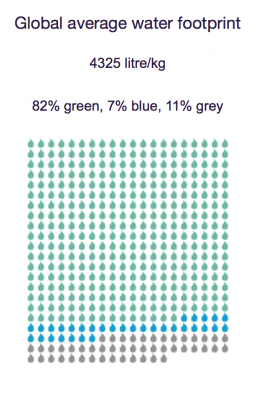In 1879 Sir Charles Chamberland invented the autoclave which was later used to develop a waste autoclave which was later used to develop today’s organic waste converter. Here’s how an organic waste generator works: 1) Organic waste (food scraps, mulch, firewood, biosolids, etc.) is superheated then 2) moisture is released from the heating of these materials which acts like steam and the 3) steam is used for power generation.
Organic waste converter technology is a sustainable alternative to traditional methods of waste disposal such as incineration and landfill dumping which have destructive effects on our environment. Not only do organic waste converters reduce our carbon footprint and avoid polluting emissions, but they also result in a usable end product known as biofuel, soil compost, or building material (if mixture contains wood/garden scraps). Organic waste converters vary in size; they are used in households to fuel a car or they are used in large corporations such as hospitals, which generate huge amounts of food scraps and biosolids, who then use the steam to generate electricity for the facility. There is a large push in the U.S. to construct on-site organic waste converters in supermarkets. Supermarkets throughout Europe have already implemented this technology and results have shown that there are massive decreases in electricity costs, waste disposal costs and carbon dioxide emissions. Green technology is the ability of modern converters to transfer mechanical energy and friction force on the waste mass into heat energy that is used in the pasteurization and sterilization processes. In the future we should look forward to seeing more green technology integrated into our daily life.



